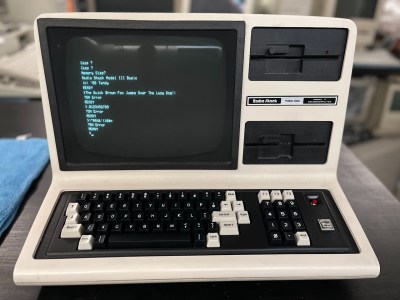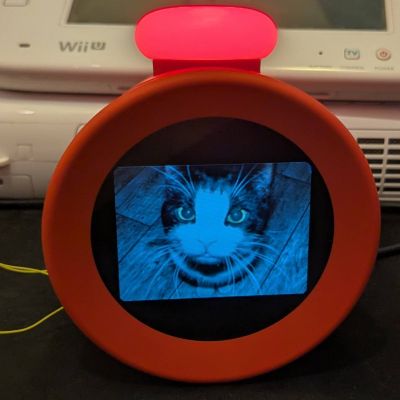Every Super Nintendo console should run at the same speed. They were all built in factories with the same components so they should all operate at the steady clip mandated by Nintendo all those years ago. Except, apparently, the SNES is speeding up as it gets older.
The matter was brought to the public’s attention by the [TASBot] team, a group within the speedrunning community. If anyone was going to notice vintage consoles suddenly running a hair faster, you could bet it would be the speedrunners. Soon enough, a call was put out to crowdsource some data. Submitters were asked to run a set piece of code to test the DSP sample rate on consoles when cold and warm, to get the best idea of what was going on.
As reported by Ars Technica, the group seems to have pinned down the problem to the SNES’s Audio Processing Unit. It’s supposed to run at 24.576 MHz, with a sample rate of 32,000 Hz. However, over the years, emulator developers and speedrunners had noticed that 32,040 Hz seemed to be a more realistic figure for what real consoles were actually running the DSP sample rate at. Developers found that building emulators to run the DSP at this rate was important to run commercial games as expected, suggesting the hardware might have always been a little faster than expected.
However, more recently, it seems that the average speed of the DSP sample rate has increased further. The average result collected by [TASBot] from modern consoles is 32,076 Hz. What’s more interesting is the range of submitted figures—from 31,976 Hz to 32,349 Hz. It seems that the DSP’s ceramic resonator—used instead of a quartz crystal—might degrade over time, causing the speedup. [TASBot] team members also tested temperature changes, but only found a 32 Hz variation from a frozen SNES to one at room temperature.
The fact that console components degrade over time isn’t exactly news; we’ve featured plenty of articles on leaky batteries and corroded traces. Still, for speedrunners, the idea that the hardware standard itself can shift over time? It’s like feeling quicksand under your feet. What even is reality anymore?
[Thanks to s7726 for the tip!]



















